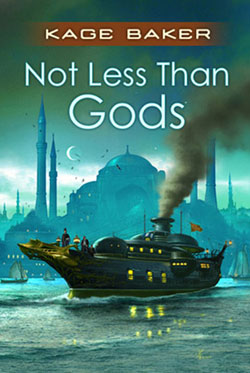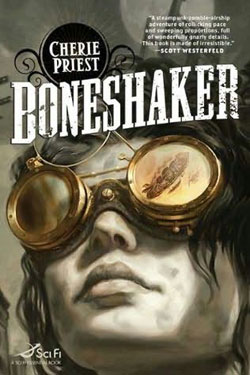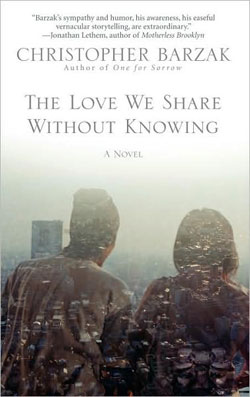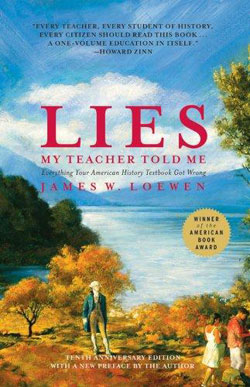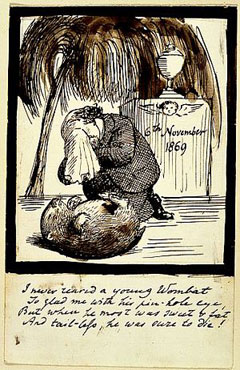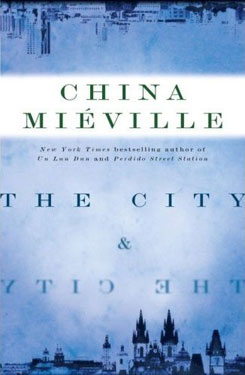
The best science fiction/fantasy collection of 2009 was a book of 80-year old stories: Memories of the Future by Sigizmund Krzhizhanovsky. If anyone out there knows how to pronounce “Krzhizhanovsky,” leave a comment. I’m really curious.
Memories collects seven stories written in the Soviet Union during the late 1920s. (It might also have been published in 2006 as Seven Stories, which I haven’t seen. On the other hand, maybe those were seven different stories. Another story, “Yellow Coal,” is available on the web.)
Most of Krzhizhanovsky’s stories are fantasies of the kind filed under “magic realism.” “Memories of the Future” is flat-out science fiction, written in reaction to H. G. Wells’s The Time Machine. All of them are way the hell better than anything American SF writers–I guess at the time they would have been “scientifiction writers”–came up with in the 1930s. Project Gutenberg has been digitizing early out-of-copyright issues of Astounding, and, let me tell you, trees should not have been reduced to pulp for that dreck. I can’t help but wonder what would have happened to the SF genre if Krzhizhanovsky had slipped past the censors, if he’d been translated into English, if his stories had reached western SF writers and shook it awake a little. Could the New Wave have hit the shore thirty years early?
When SF fans talk about writing, someone usually shows up to promote “transparent prose.” “Transparent prose” is writing notable for its unwillingness to impinge on the readers consciousness. It’s a “window” onto the story; you read through it. I think this kind of prose is okay, if not exciting. It’s a good minimum standard.
But for readers who hate “literary” writing transparent prose is the only way to go. Writing is about communication, they say. And they’re right. Good writing communicates clearly. But prose that communicates clearly and beautifully communicates more than plain transparent-as-glass prose. It encodes more information. Here’s a small nonstandard use of a verb, from Krzhizhanovsky’s “The Branch Line”: “Under the conductor’s canting a red beard bubbled.” Can’t you just see that beard? In more detail than you might have seen “a curly red beard?”
One sign of great writing is the unexpected but perfect image: when it would never have occurred to you to describe something that way, but it’s exactly right. Great writing renews familiar things with surprise and estrangement. It kicks down your door and shouts “Hey, you think you’ve seen this before, but look again!” That’s Krzhizhanovsky’s specialty. On every page you’ll find at least one striking image, from the small to the significant (“We’re still immured in our old space, like the stumps in a felled forest. But our lives have long been stacked in piles, and not for us but for others.”)
Great writing is always doing at least two things at once. On the surface Krzhizhanovsky tells stories; subconsciously, his style tells us how he felt living in the Soviet Union. Krzhizhanovsky frequently uses synecdoche when referring to people–“briefcases,” “the earflaps,” “a five-digit number that had promised to put in a word to the right people.” People seem reduced to objects, functions; we’re also reminded of fairy tales and parables of inanimate objects that act out human failings. Some stories progress through the abrupt shifts and transitions of dream logic. Krzhizhanovsky’s world, like Stalin’s, is ruled not by sense but by arbitrary fiat.
Krzhizhanovsky’s stories weren’t published until 1989. He couldn’t get them past the censors. He had to content himself by holding readings while working a day job as an encyclopedia editor. So it’s not surprising that Krzhizhanovsky is preoccupied with the difficulties of being a writer in the Soviet Union. The star of “The Bookmark” is a frustrated writer, a “theme-catcher” who spins stories from the smallest hints–a cat on a ledge, a wood shaving blowing by in the wind–but has no outlet for his stories beyond telling them to acquaintances and passers-by.
The theme-catcher goes to a Soviet publisher with a book called Stories for the Crossed-Out. “Are you one of the crossed-out or one of the crossers-out?” asks the editor. Someone “able to cross things out” would be more in line with the times. Another editor invites the theme-catcher to write something safe: a biographical sketch on “Bacon.” The theme-catcher asks which one. The editor, surprised, tells the theme-catcher to write about “The Brothers Bacon.” The theme-catcher points out that Roger and Francis Bacon lived three hundred years apart. The editor screams “You’re all of you alike!” and storms out of the office. I think this is autobiography. The way the editor covers his embarrassment with sudden, wild hostility has the ring of truth. In the Soviet Union, good Party members were rewarded with jobs they were totally unqualified for. It was a nation of Heckuvajob Brownies. I’ll bet Krzhizhanovsky dealt with these guys all the time.
The narrator of “Someone Else’s Theme” meets another down-on-his-luck writer named Saul Straight who’s come up with a “theory of separation.” Lovers, says Saul, should be forcibly separated: weak, imitation love will fizzle; true love will grow stronger with distance. Saul has a lot of ideas like this. He’s provisioned with philosophical ramblings and not much else. When the narrator meets him, he’s trading aphorisms for food.
Saul also has theories about art. Art is our way of giving back to the world which provides us with so much: “the painter pays for the colors of things with the paints on his palette, the musician pays for the chaos of sounds produced by the organ of Corti with harmonies, the philosopher pays for the world with his worldview.” And it’s got to be good: “talent… is not a privilege and not a gift from on high, but the direct responsibility of anyone warmed and lighted by the sun, and only metaphysically dishonorable people–of which the earth is full–shirk their duty to be talented.”
The narrator is a writer himself. He’s probably been dealing with the same crap as the theme-catcher. He can’t pay what he owes to the world because politics is everything, the Soviets scrutinize every word, and his only option is to take the metaphysically dishonorable path and play along. He’s separated from himself: “And when your “I” is missing, when you’re just the binding from which the book has been ripped out…”
But the narrator of “Someone Else’s Theme” isn’t the author. The narrator passed his story to another writer–presumably Krzhizhanovsky himself–who’s told the narrator’s story in the narrator’s voice. Now Krzhizhanovsky is faced with a problem: how can he gracefully transition back to his own voice? And writing within the limits imposed by authority, buried in someone else’s themes, how can he hold on to his own “I”?
These stories aren’t all about writers. “Red Snow” is about coming home to find a light in your apartment window. That might sound reassuringly homey. In the Soviet Union it was bad news. “Red Snow” is the most nightmarish and disorienting story in the collection.
“Quadraturin” is about the apartments themselves. In the early days of the Soviet Union masses of population moved from the country to the cities. Housing was scarce. The government turned people’s homes into communal apartments; people who’d lived in a place for years found themselves living in a couple of rooms while strangers were installed in other parts of the apartment. Sometimes entire families lived and slept in one room. According to the introduction, Krzhizhanovsky himself thought it worth noting in a letter when he discovered a way to stretch his legs while sitting at his desk. “Quadraturin” is a Moscow apartment-dweller’s fantasy–more room!–that goes horribly wrong.
“Quadraturin” is about space; “Memories of the Future” is about time. The USSR was a jam-tomorrow kind of place. Comfort, abundance, and luxury goods were waiting at the end of the five-year plan–all it would take was a little shock work. And then a little more. Somehow the good times remained out of reach. Soviet citizens lived in, and for, a purely theoretical future.
So, in a way, does Max Shterer, the mad scientist at the heart of “Memories”–which really is one of the great time travel stories, one that would have influenced the genre if life were fair. Max’s big ambition is to build a time machine. He’s born into a comfortable family around the end of the 19th century, sent away to school, drafted into the Great War, stuck in a German POW camp, and disinherited by the Revolution. Max barely registers any of this. He’s thinking about his time machine.
Eventually Max builds his machine, leaps forward, and finds… something. The climax of “Memories” is stunning, not despite but because we’re not entirely sure what Max sees. This is a time travel story written like a ghost story: what’s implied, what we imagine, is scarier than anything Krzhizhanovsky could have described outright. No wonder this story didn’t get the Soviet stamp of approval: the future feels less like a time and place than a Lovecraftian monster waiting to swallow the Russians who lived for it.
When Memories of the Future was reviewed in the New York Times the reviewer complained that Krzhizhanovsky’s “refusal to wake to the reality of his times can fog the clarity of his visions.” This is dumb. Krzhizhanovsky is engaged with the reality of his times; he engages it slantwise, through metaphor. And the times Krzhizhanovsky lived through were in many ways unreal. I can’t blame him for turning to the literary equivalent of lobster telephones and melting clocks. If he wanted to keep his grip on reality, surrealism might have been his best option.
